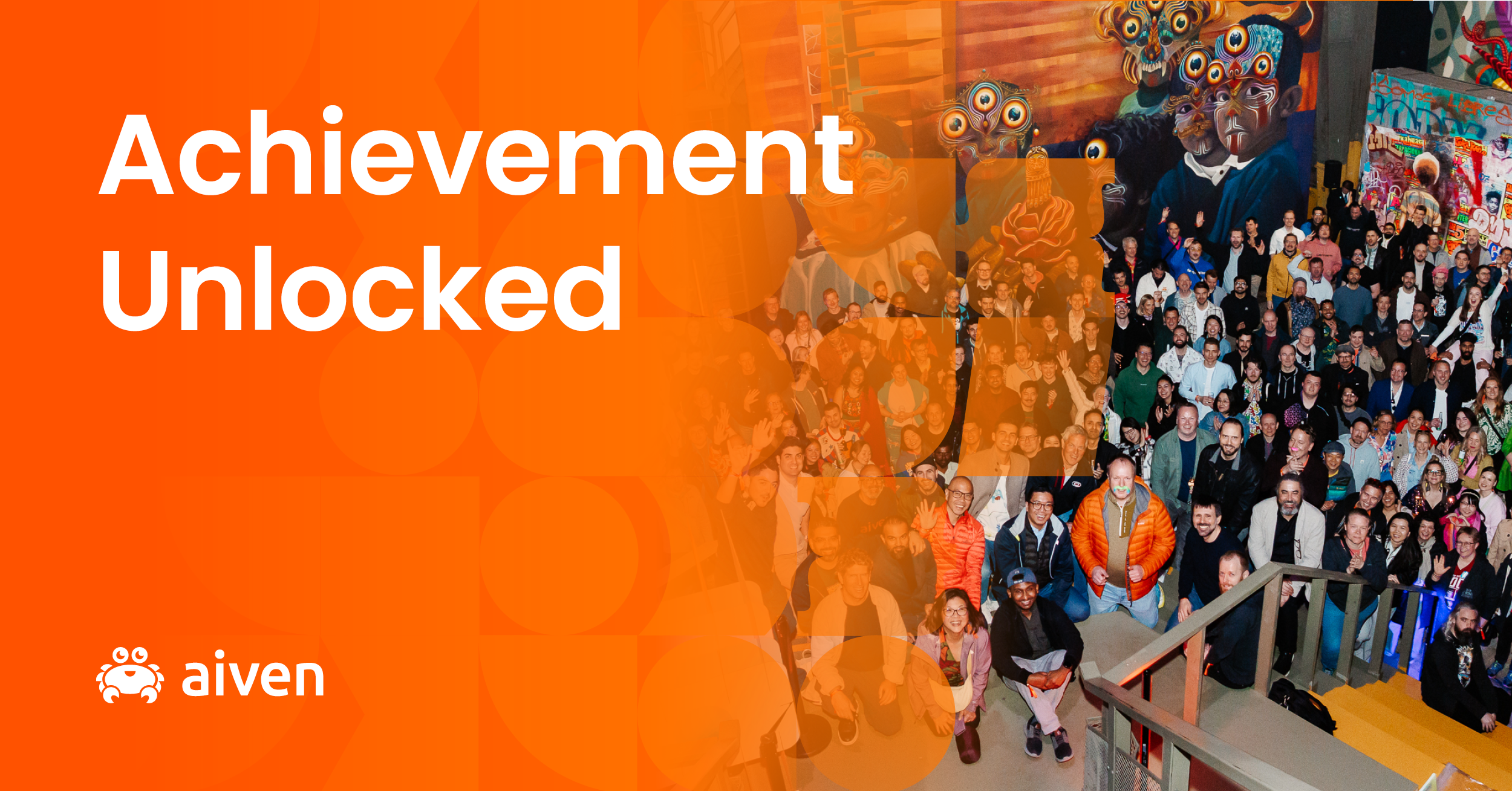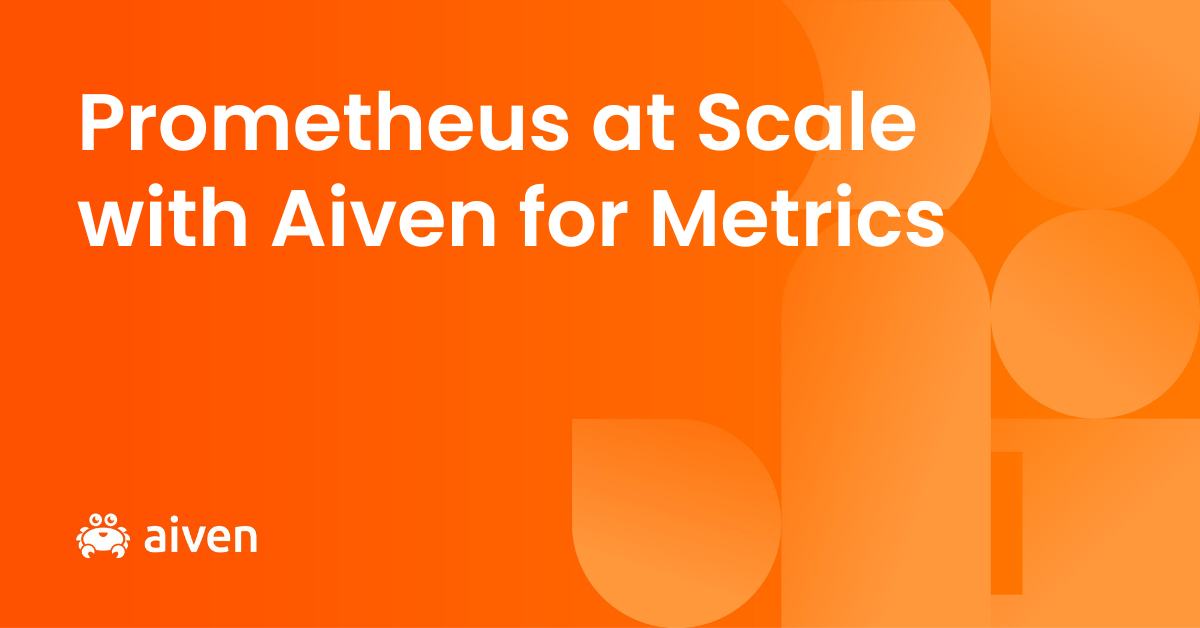Oct 3, 2018
Reduce your Aiven infrastructure complexity with Terraform
The Aiven platform now supports Terraform, a fourth way to manage your Aiven infrastructure. Read this post to find out more.
Kyle Buzzell
|RSS FeedHead of Growth Marketing at Aiven
The Aiven platform is built around giving you the ability to refocus on your core business. By giving you the tools to increase your operational efficiency, you have the extra time and money to focus on developing the apps that actually drive your business.
That is precisely why we’re now supporting Terraform. Before we supported Terraform, you could configure and manage your Aiven Infrastructure through our console UI, REST API, or CLI; and, they work for most use cases.
But, there are cases where Terraform is the better option. In this post, we’ll cover what Terraform is, when it’s most useful, and provide a link to our implementation documentation so that you can do so if it makes sense for you.
What Terraform is
In short, Terraform is open-source, infrastructure as code tooling. By using Terraform, you can build, configure and manage your Aiven services with greater efficiency. There are three major features available when using infrastructure as code:
- Version control
- Comprehensive documentation of all resources and their state
- Reproducibility and automation
Version control provides an extra layer of predictability when making changes to the underlying infrastructure driving your apps, helping to ensure that any changes you make won’t inadvertently crash your apps.
This is especially true as your infrastructure grows in complexity to support greater workloads.
You’ll also want to automate as much of your manual work as possible. Maybe you want to test an instance in a new cloud or region, or maybe you want to connect your app to a current instance. Either way, you can increase your team’s efficiency with Terraform.
When Terraform is most useful
As touched on above, Terraform tooling is ideal for coordinating large, complex infrastructure and connecting pieces of your infrastructure in a reproducible, semi-automated way. This is essential when operating in today’s multi-cloud, multi-region environment.
There is also an obvious, third case: when you’re already using Terraform tooling to manage your infrastructure. If that’s you, you’d want to incorporate most, if not all of your infrastructure components to make your workflows as seamless as possible.
Wrapping up
We are very excited to provide Terraform as a fourth option to configure and manage your Aiven database infrastructure. If you aren’t using it already, you can find more information about it at Terraform’s official site.
Already using Terraform and want to know how to begin managing your Aiven resources with your Terraform tooling? You can read our Aiven Terraform Integration documentation to get started immediately.
Our Terraform integration is a key example of our engineering team’s consideration of your feedback—it is heard. So, continue giving it! In the meantime, subscribe to our changelog and blog RSS feeds, and follow us on Linkedin and Twitter.
Table of contents
Stay updated with Aiven
Subscribe for the latest news and insights on open source, Aiven offerings, and more.



